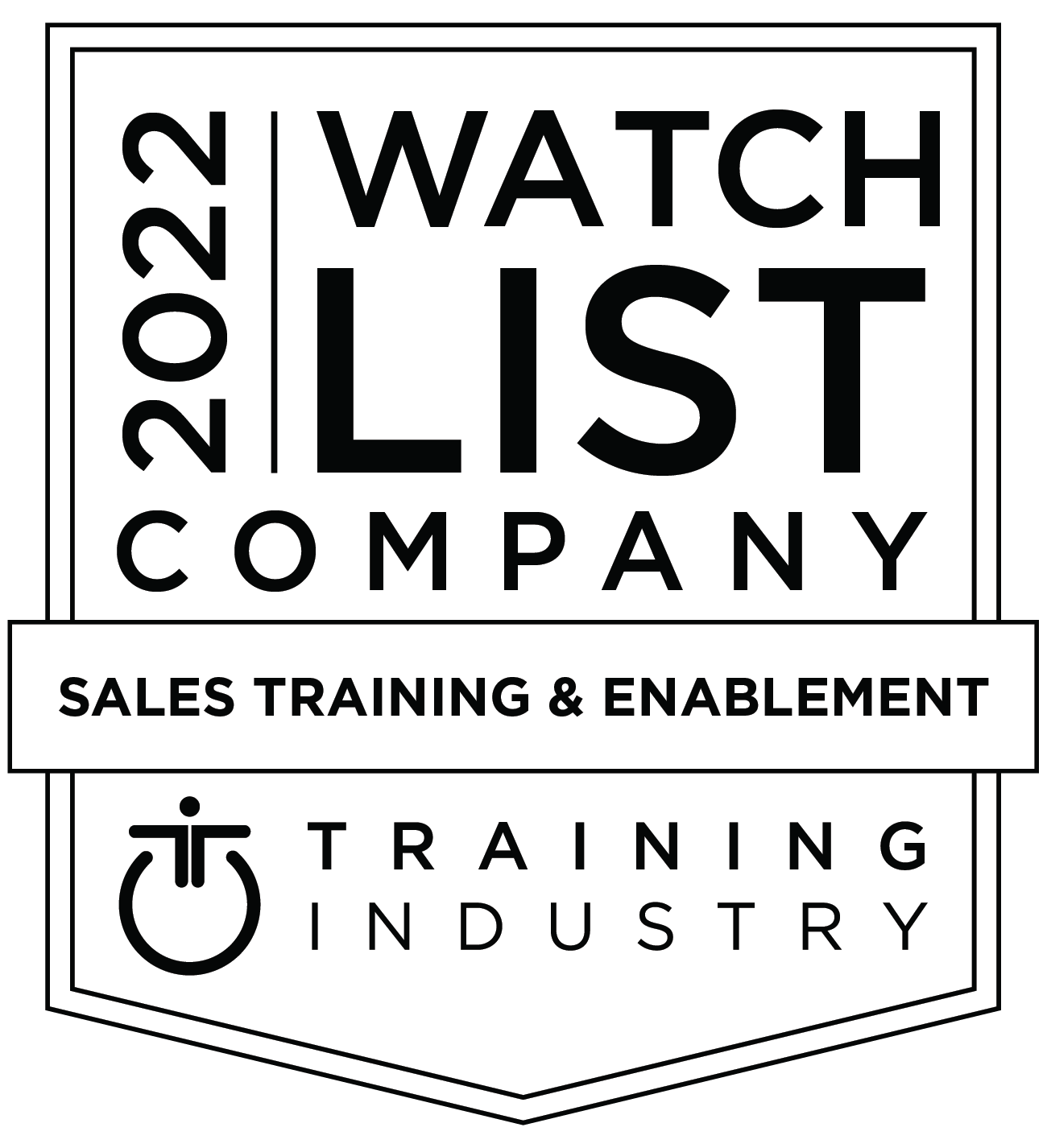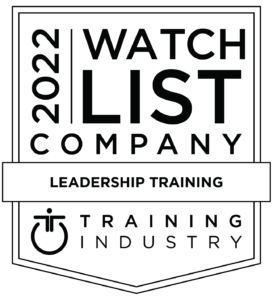With significant portions of the workforce working remotely, and with many companies expressing flexibility around remote work into the future, we anticipate a trend towards hybrid meetings, or mixed mode meetings.
Meetings in which some employees participate in-person and others participate virtually will result in benefits to both individuals and organizations, but this model of meetings has its inherent challenges, as well.
In preparation for a development towards hybrid meetings, here are 5 tips that will help your teams successfully lead meetings in which some attendees are in-person and other attendees are joining virtually.
-
Invite virtual attendees to access the meeting early
Send out the virtual meeting invite to the virtual participants to join 10 or 15 minutes earlier than the in-person participants. This will allow the virtual participants to address any audio/video issues and eliminate distractions as others join the meeting.
-
Ask the virtual participants for their feedback/questions in advance of the in-person participants
Make it a point to invite the virtual attendees to contribute first. It’s easy for virtual attendees to feel as if they’ve been forgotten by those physically in the room. Keep virtual attendees engaged by ensuring that everyone’s voice is heard. For example, every question by an in-person participant should prompt the encouraging of a question by a remote participant.
-
Designate an in-person participant to monitor the chat
Have an “in person” participant login as if they were attending the meeting remotely. This individual can be the eyes and ears for the virtual participants in the meeting, providing the virtual attendees a way to ensure their voices are heard. It also helps to have someone who is in the physical room responsible for monitoring any connectivity or audio issues that might occur.
-
Establish a back-up plan
Be sure to have another way the virtual participants can join the meeting if there are technical issues with the meeting platform. Dedicate a point person, an alternate platform or even an old-fashion dial-in number for situations when the virtual meeting platform fails.
-
Replicate what’s done in the physical room for the virtual attendees
If you are brainstorming in the room on a whiteboard for example, do the same thing for your virtual attendees. Leverage the power of the virtual platforms you are using by creating breakout rooms or whiteboards to allow them to participate in the same way as the people that are face-to-face.
For virtual meeting best practices, we recommend the tips for silent brainstorming and using break out rooms featured in this recent HBR article, Break Up Your Big Virtual Meetings.
In a recent blog by i4cp on best practices for running hybrid meetings, we appreciated this suggestion: “Do you need to hold a hybrid meeting at all?”
If the majority of the people are joining remotely, sometimes it’s best to level the playing field and have all attendees join virtually. This way everyone will have the same great experience and less complexity.
Lastly, keep in mind that for both the in-person and virtual participants in your hybrid meetings, empathy and listening skills are key, and many of our tips for effective virtual meetings will still prove relevant.










